Blog
Why Every Firefighter Needs a Turnout Gear Bag: It’s More Than Just Storage
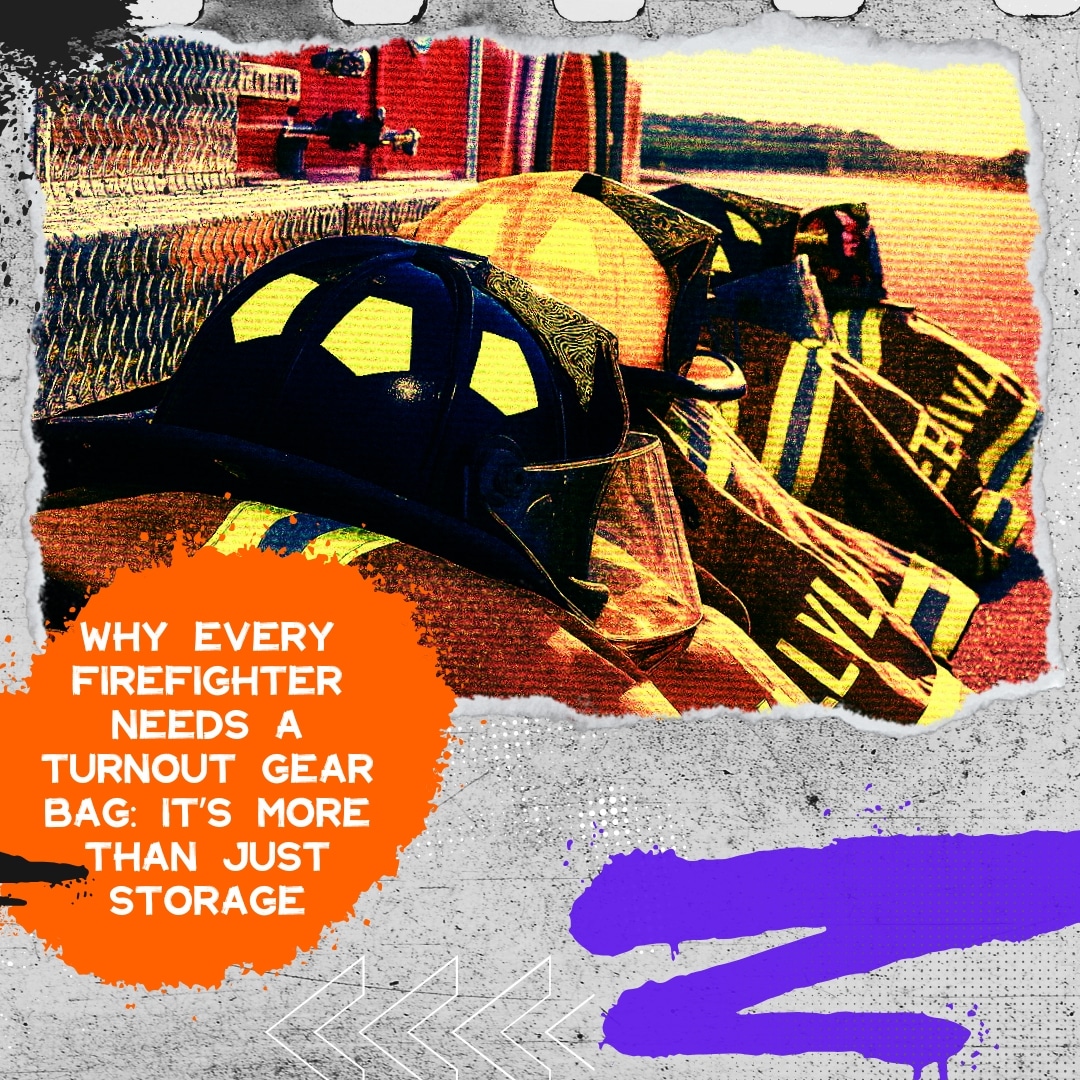
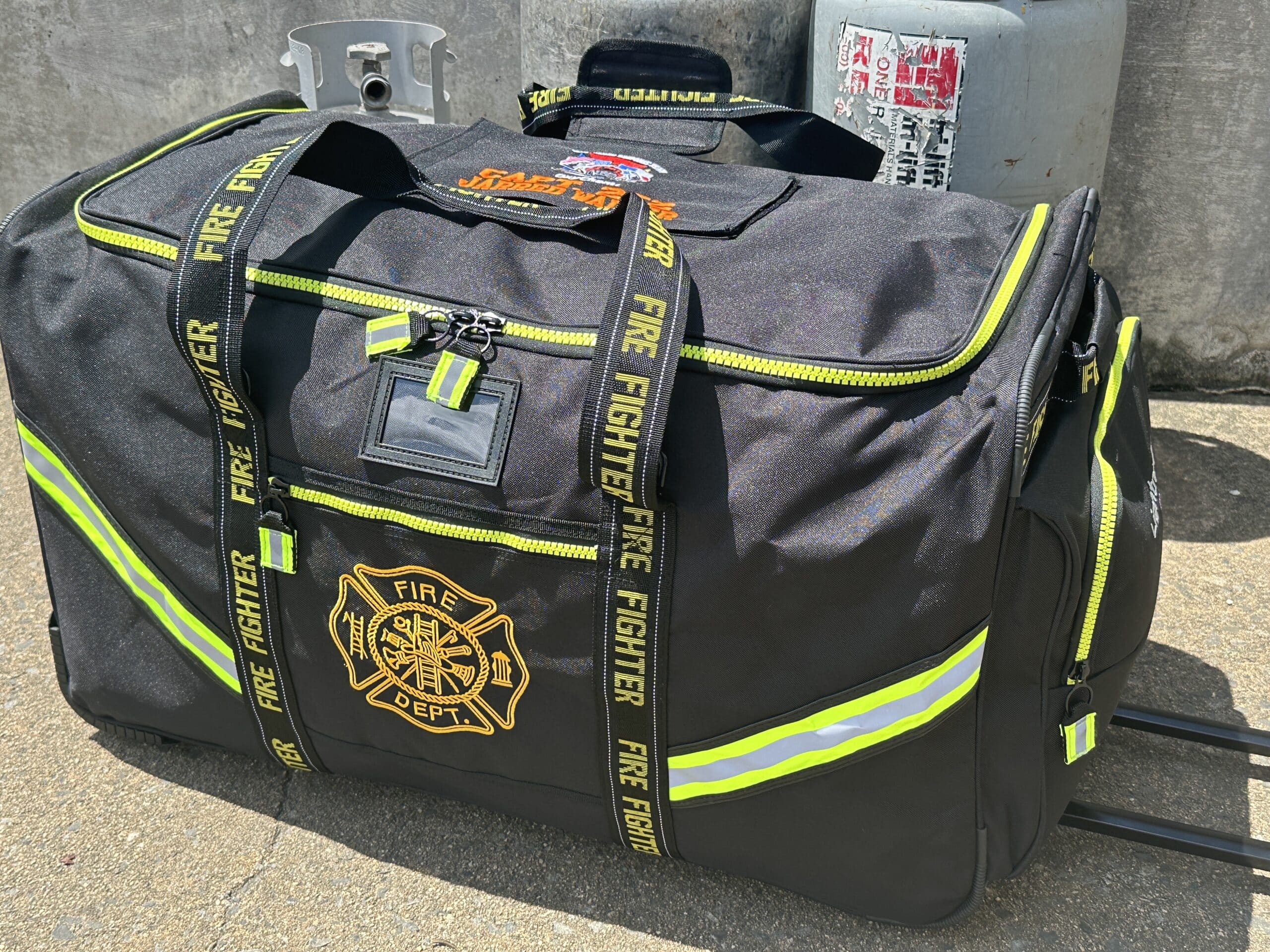
UV rays break down the molecular structure of aramid fibers, causing them to become brittle and discolored. What might look like “just some fading” is often a sign that the fabric’s thermal resistance has been compromised. Worse yet, this kind of damage isn’t always obvious until it’s too late. A good turnout gear bag acts as a first line of defense, keeping your gear out of the sun, reducing UV damage, and helping ensure your protective clothing actually protects you when it counts.
Turnout gear bags also provide critical organization. In the chaos of an emergency, time is everything. Having your gear stashed in multiple locations or scattered across the rig can cost precious seconds. A well-designed bag allows you to keep all your essentials, from gloves and hoods to flashlights and tools, in one secure, accessible place. Whether you’re jumping on the engine for a structure fire or heading out for mutual aid, being organized means being ready.
The gear bag market has come a long way. Today, firefighters can choose from bags in all shapes, sizes, and configurations to match their unique needs. Some come with rigid walls and wheels for station-to-scene transport. Others are lightweight and compact for quick access. Whether you’re on a tight budget or need something built for heavy-duty use, there’s a gear bag that fits your lifestyle.
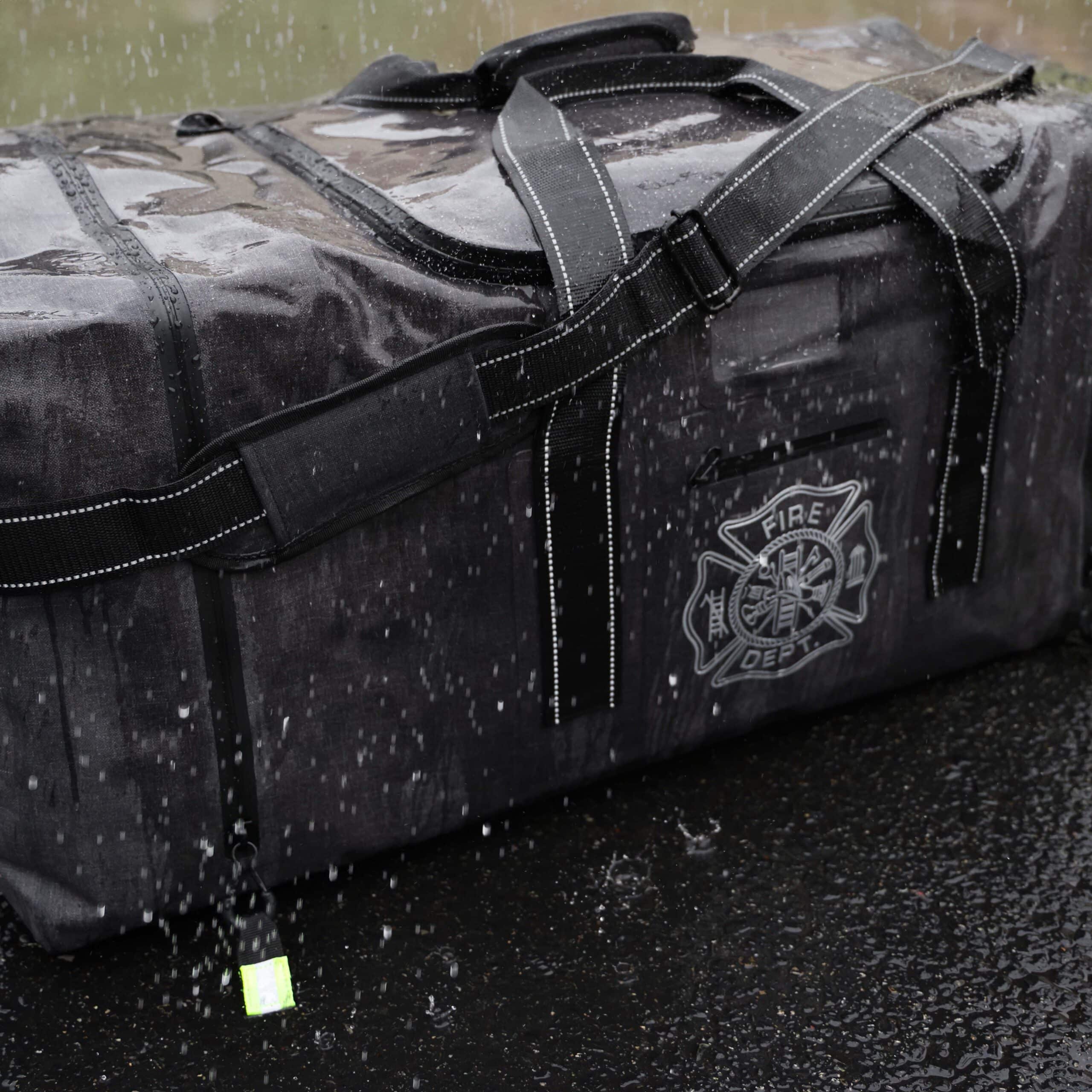
One standout is the Lightning X LXFB99-G, a turnout gear bag specifically engineered for containment and health protection. It’s not just waterproof; it’s airtight, thanks to heat-welded seams that eliminate needle holes where air or contaminants could escape. Why is this important? Because the gear you wear into a burning building doesn’t stop being dangerous after the fire is out. Off-gassing from used turnout gear releases volatile organic compounds (VOCs) and toxic residues, including known carcinogens like benzene, formaldehyde, and polycyclic aromatic hydrocarbons (PAHs). These chemicals can linger on gear for hours and be absorbed through skin contact or inhaled.
The impact is staggering. According to the International Association of Fire Fighters (IAFF), cancer is now the leading cause of death among firefighters. Nearly 75% of line-of-duty deaths in recent years are attributed to occupational cancer. One study by the CDC and NIOSH found that firefighters have a 14% higher risk of dying from cancer compared to the general population, and that risk only increases with repeated exposure to toxic substances trapped in unwashed gear. The LXFB99-G helps limit this exposure by sealing contaminated gear until it can be professionally cleaned and decontaminated, keeping those toxins out of your vehicle, your station, and your lungs.
Stories of firefighters being diagnosed with cancer in their 30s and 40s, some just a few years into their careers, have become tragically common. Departments across the country are now adopting new SOPs to handle contaminated gear, including the use of containment bags. As one veteran chief put it, “We used to wear our dirty gear like a badge of honor. Now we realize we were wearing a warning sign.”
Of course, not everyone needs a containment-style turnout bag. That’s why Lightning X Products offers a full lineup for the fire and public safety community, including traditional turnout bags, SCBA mask bags, trauma bags, and more. Whether you’re on the job, in training, or volunteering on weekends, protecting your gear means protecting yourself.
Want to learn more or upgrade your gear storage? Check out the full collection here or browse from the recommended items below, because your life-saving tools deserve life-extending care.
Stay safe out there!



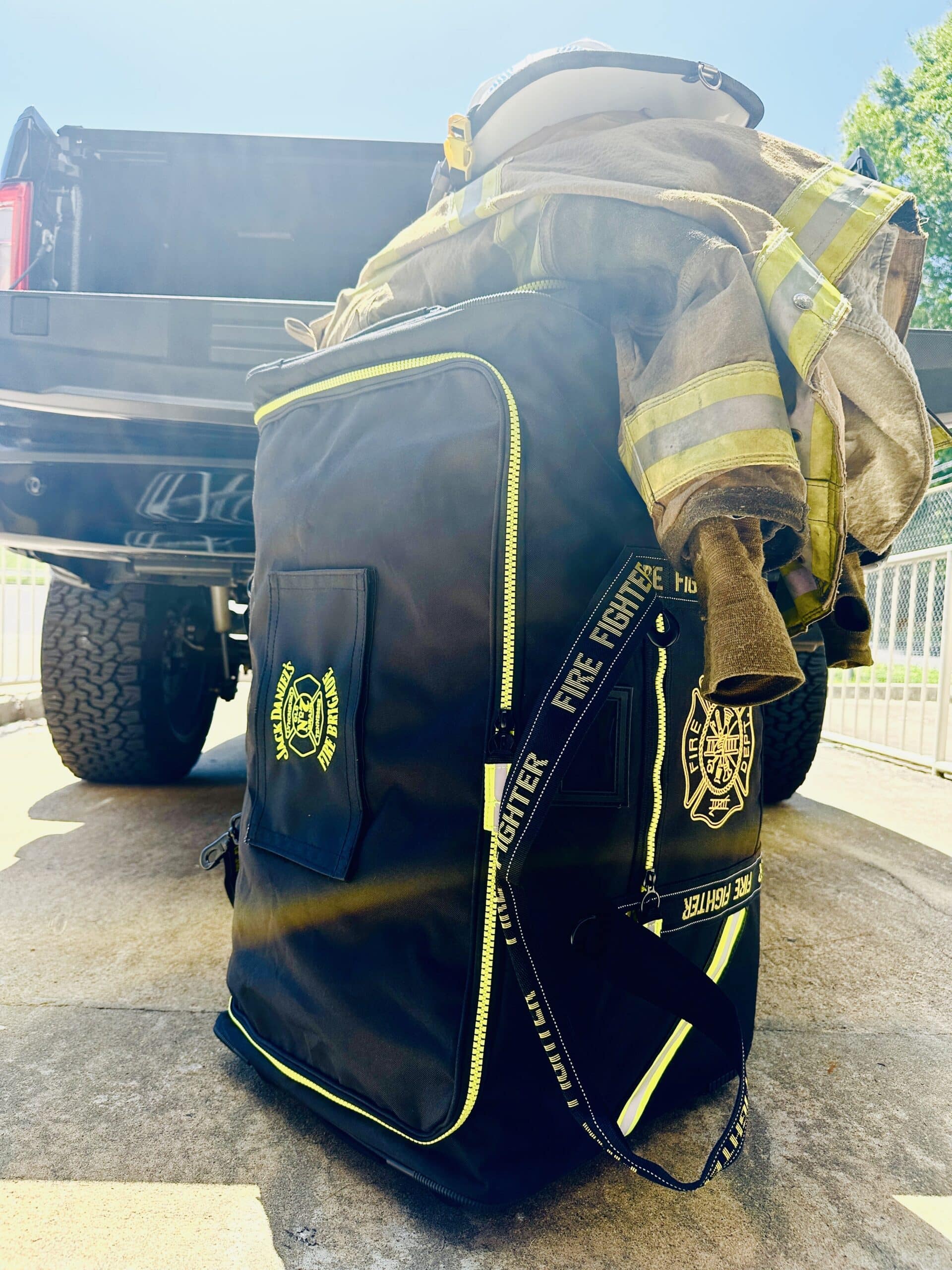

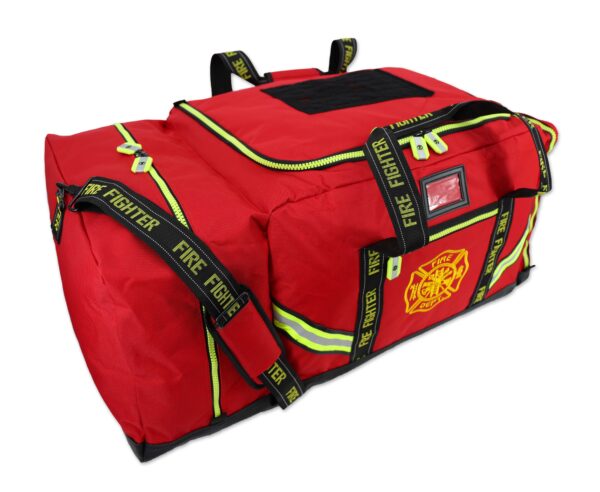
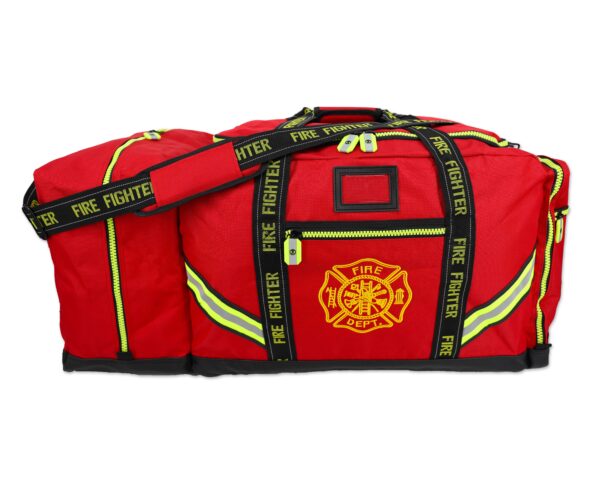


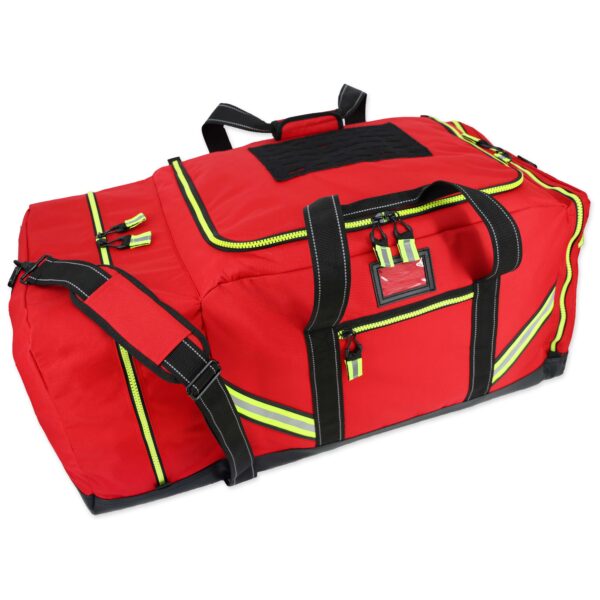
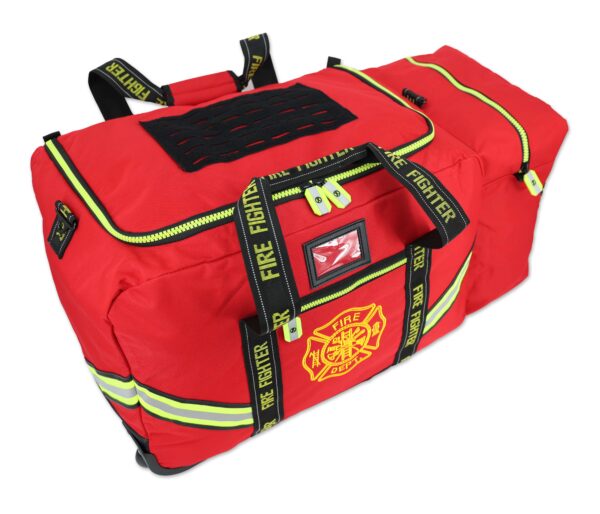
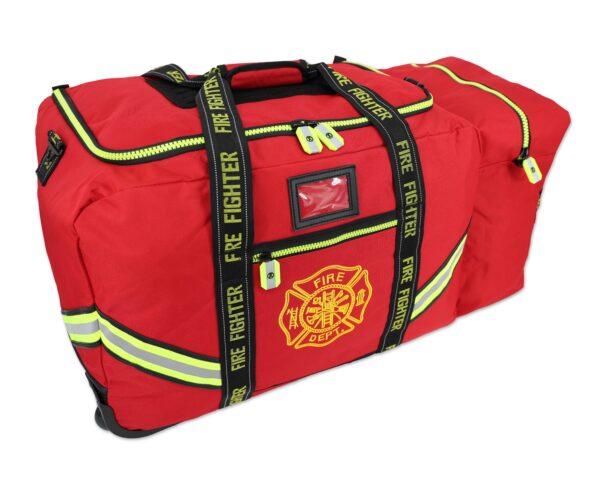
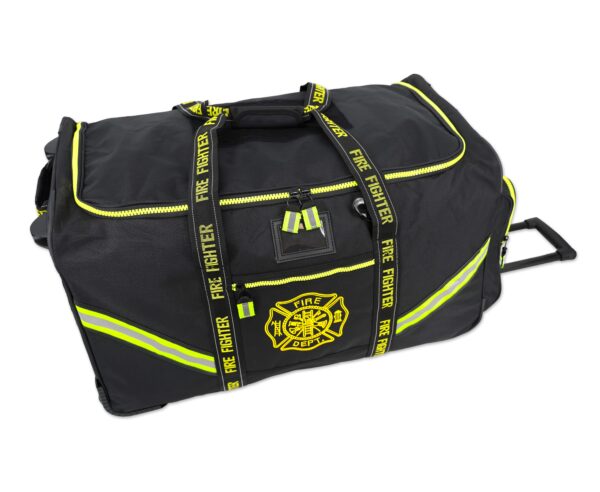
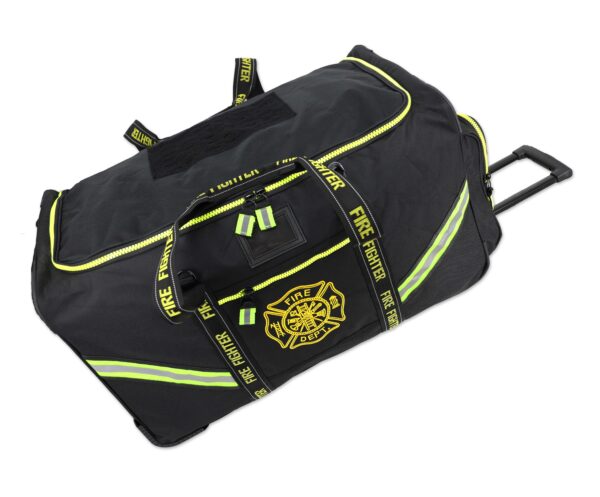
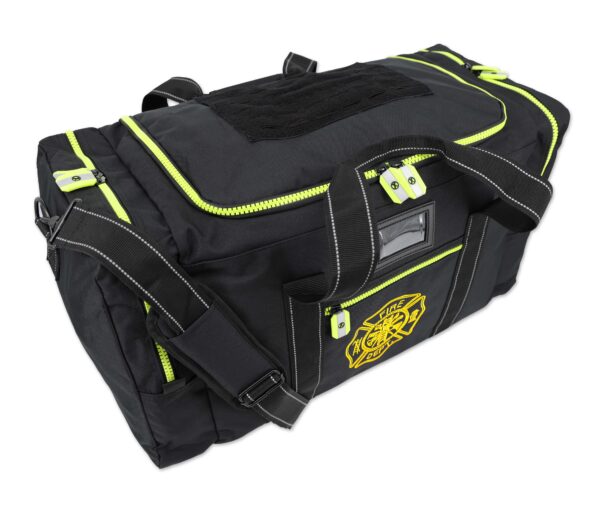



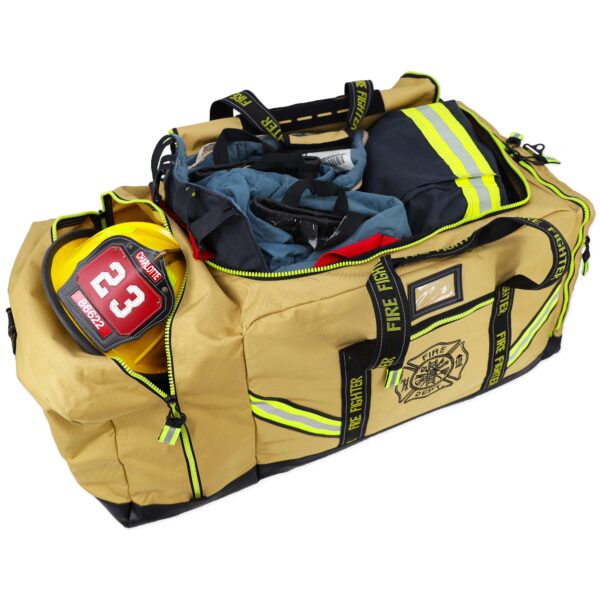

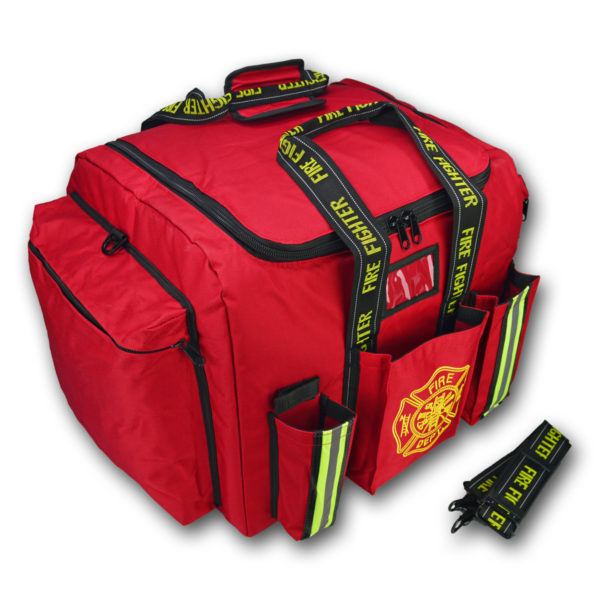
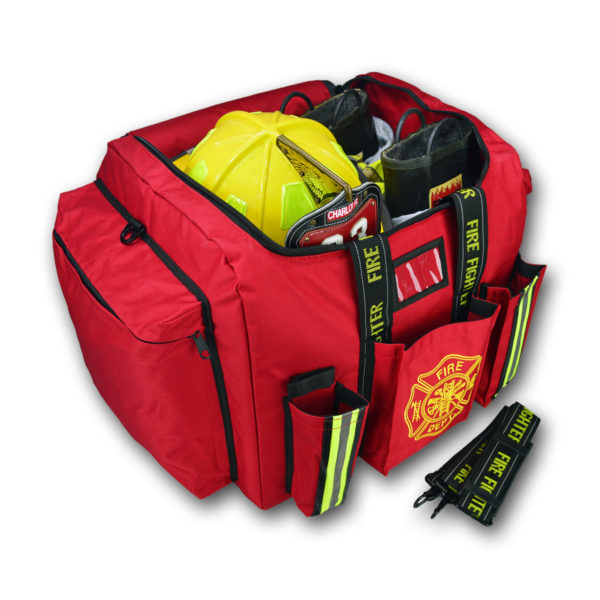
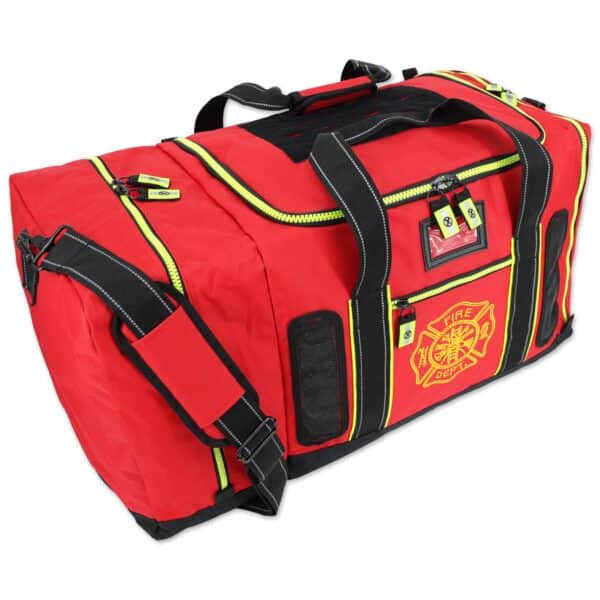


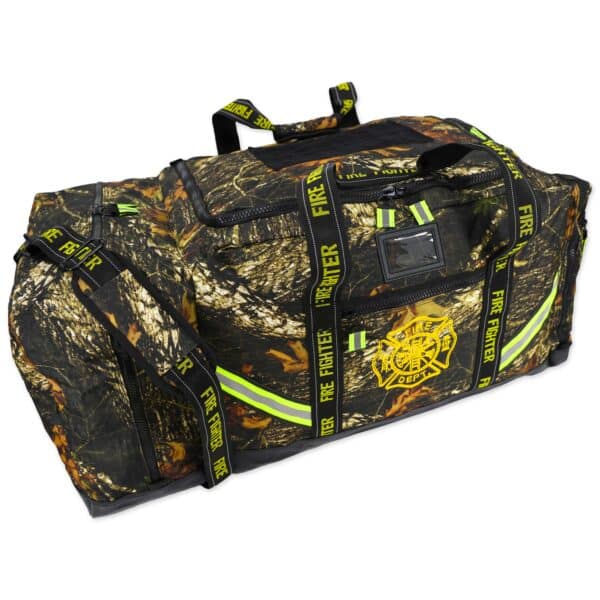
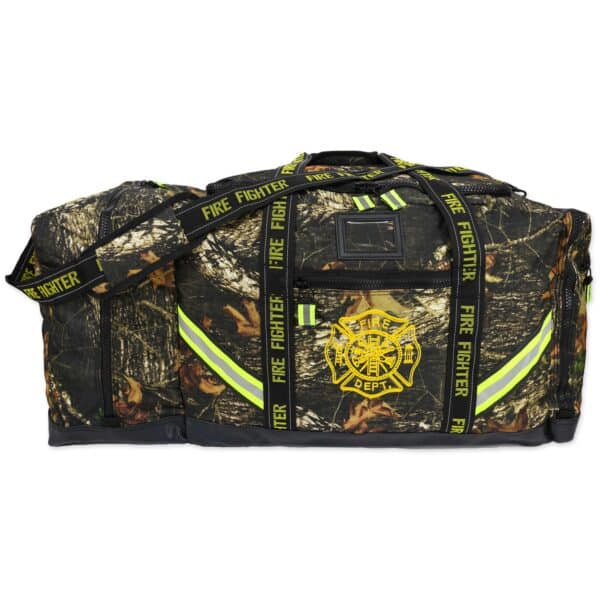
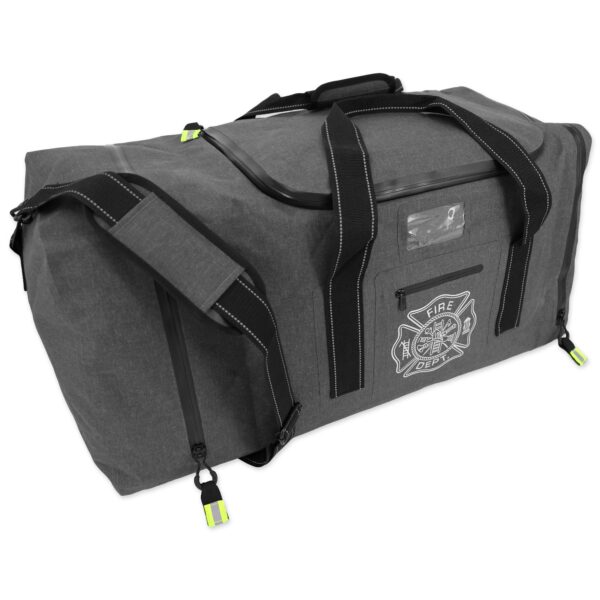
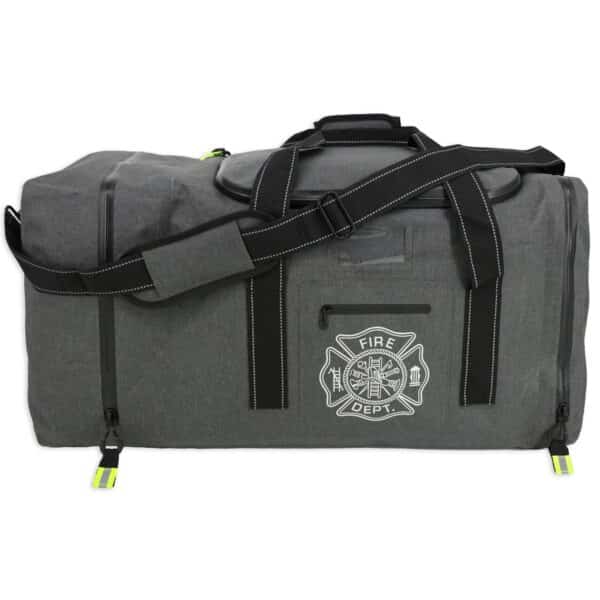

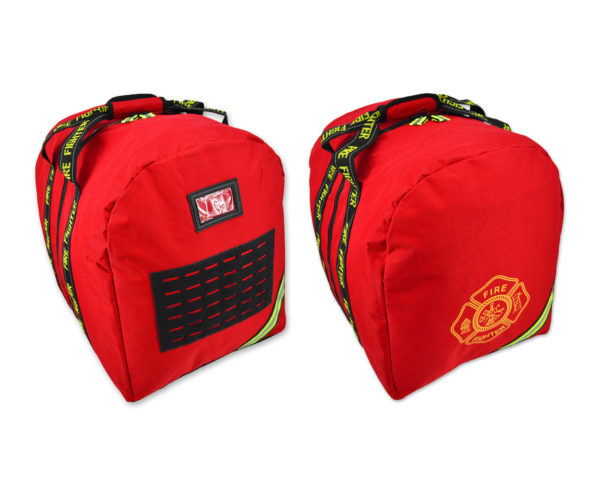
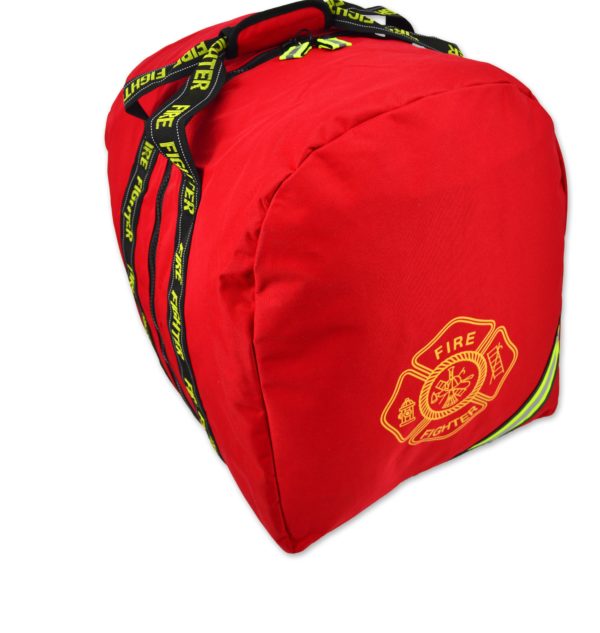
 Clearance
Clearance Everyday First Aid Kits
Everyday First Aid Kits OSHA First Aid Kits
OSHA First Aid Kits Portable First Aid Kits
Portable First Aid Kits Tactical Trauma Kits
Tactical Trauma Kits New
New Supplies
Supplies Bleeding/TacMed
Bleeding/TacMed